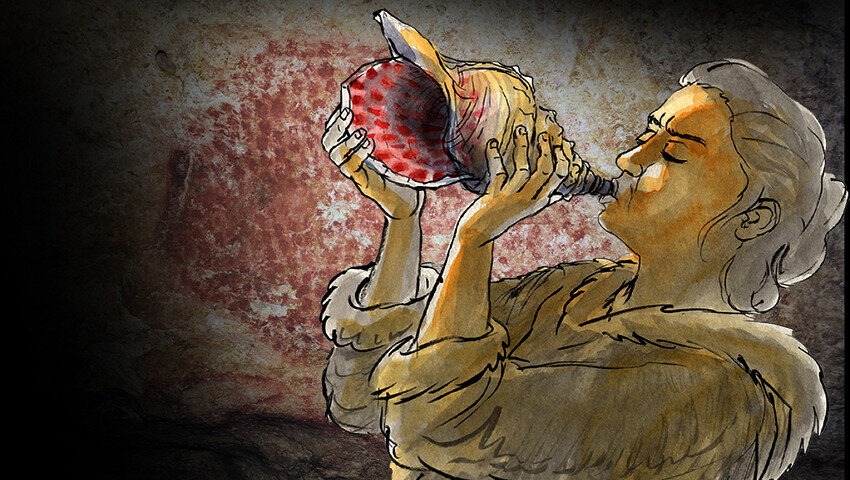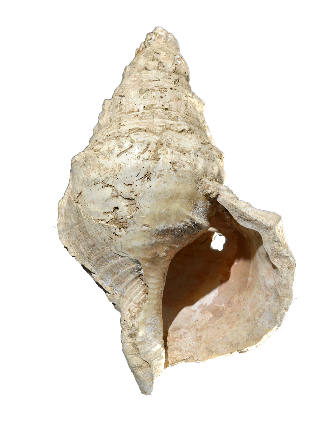
Discovered in the Marsoulas Cave, just north of the Pyrenees mountains, in 1931, the shell was initially thought to be a drinking cup. But a more detailed analysis, published today in the journal Science Advances, showed that the shell had been subtly modified by humans to attach a mouthpiece and use as a musical instrument.
The researchers enlisted the help of a musicologist specialising in wind instruments, who played the instrument in a recording studio. With the mouthpiece of the shell protected to avoid damage to the artefact, the musicologist blew air through the shell in a similar manner to playing trumpet or trombone, which allowed the shell to vibrate at its natural resonance and produce notes. Three distinct tones were recorded, which were similar to the modern notes C, D and C sharp.

They found that the outer lip of the shell (the labrum) had been removed, and two holes had been chipped away inside it - these might have been to hold a tube that was used as a mouthpiece, so players could protect their lips. The conch had also been painted with pigments similar to those used for the wall art found inside Marsoulas Cave.
There are many examples of wind instruments made from bone, but a musical conch shell is an unusual find from this time period.
"Around the world, conch shells have served as musical instruments, calling or signaling devices, and sacred or magic objects depending on the cultures," the study authors write. "To our knowledge, the Marsoulas shell is unique in the prehistoric context, however, not only in France but at the scale of Paleolithic Europe and perhaps the world."
A 3D interactive model of the conch shell can be found here.



Reader Comments
Likely to come in handy again in the next while.
Were people 17,000 years ago, just a bunch of neanderthals? Or were they a more cohesive group, that had spiritual ideas, and wanted to impart that knowledge into images and iconography, that future generations would understand?
[Link]
Actually, my thought is what we call neanderthals, were a higher form of primate, a sophisticated form of animal. After all the Raven is able to use primitive tools (gathered) and use facial recognition.
Another conundrum?